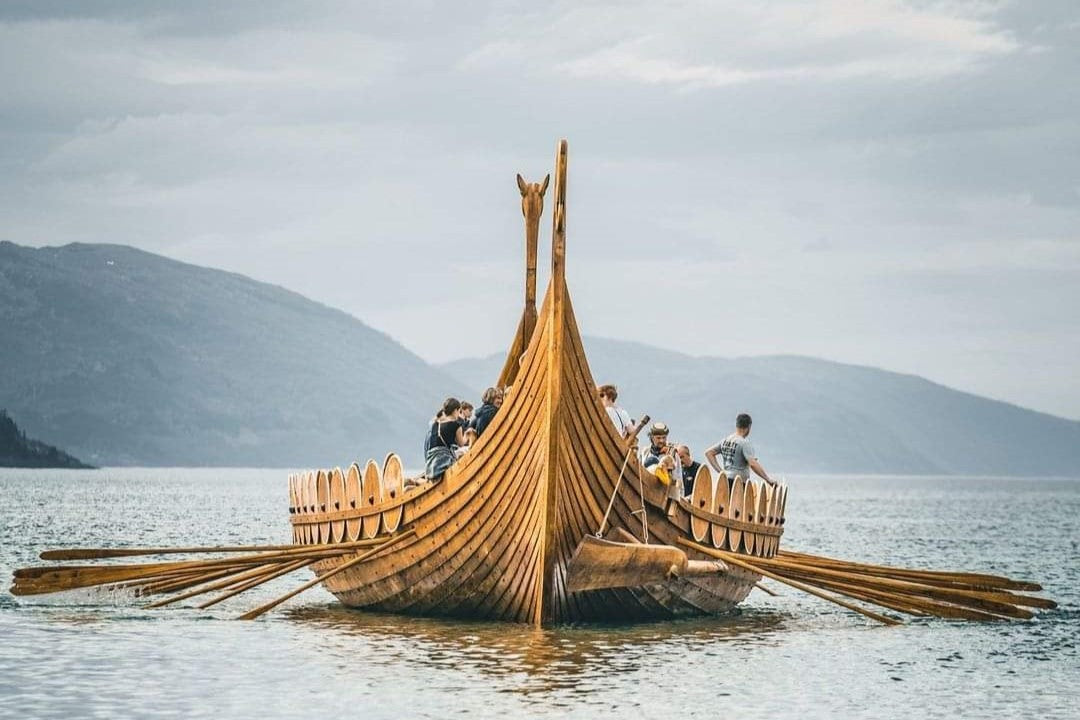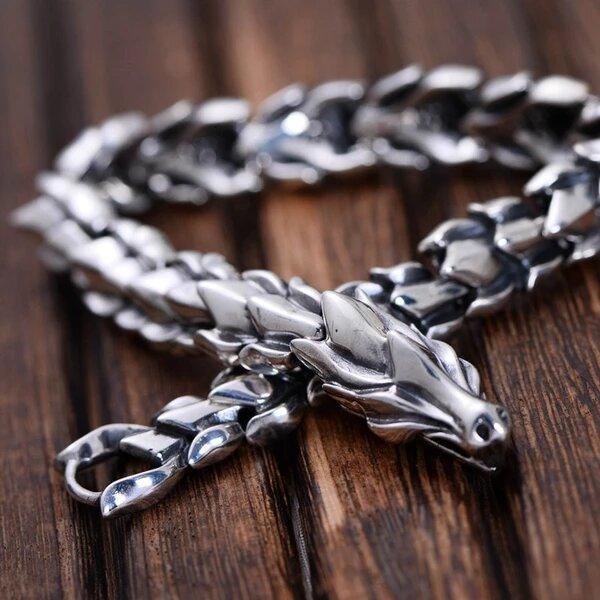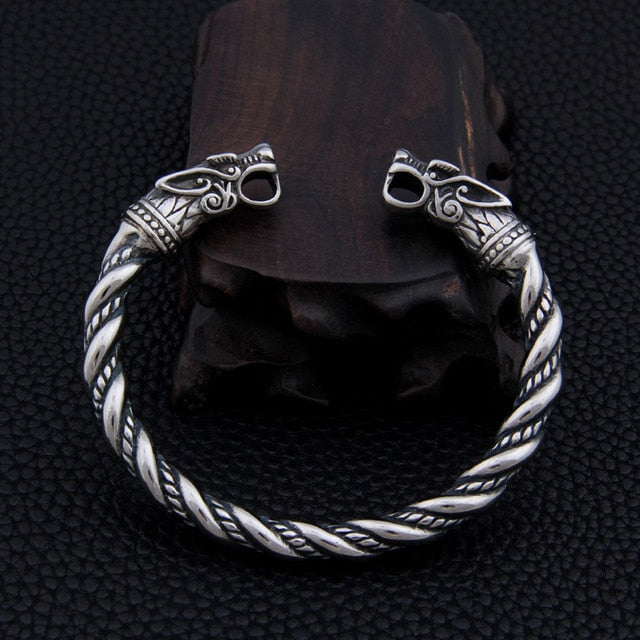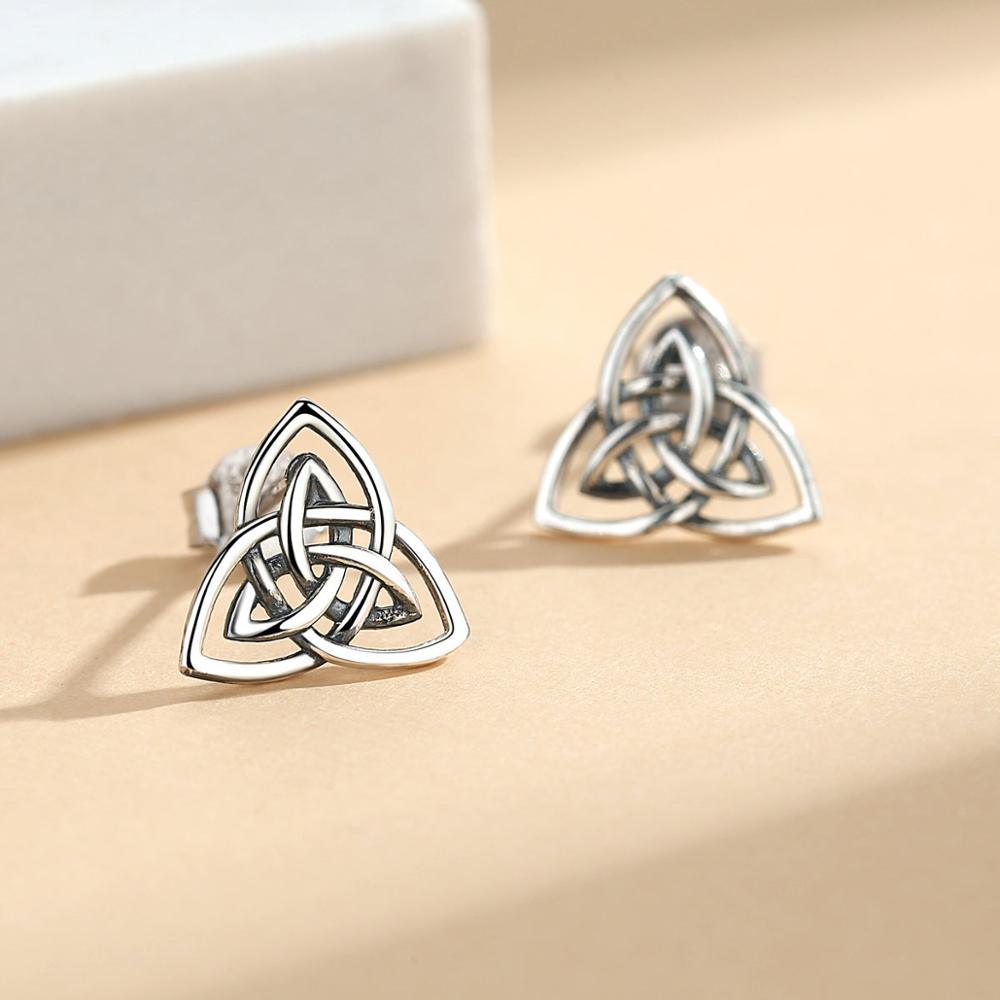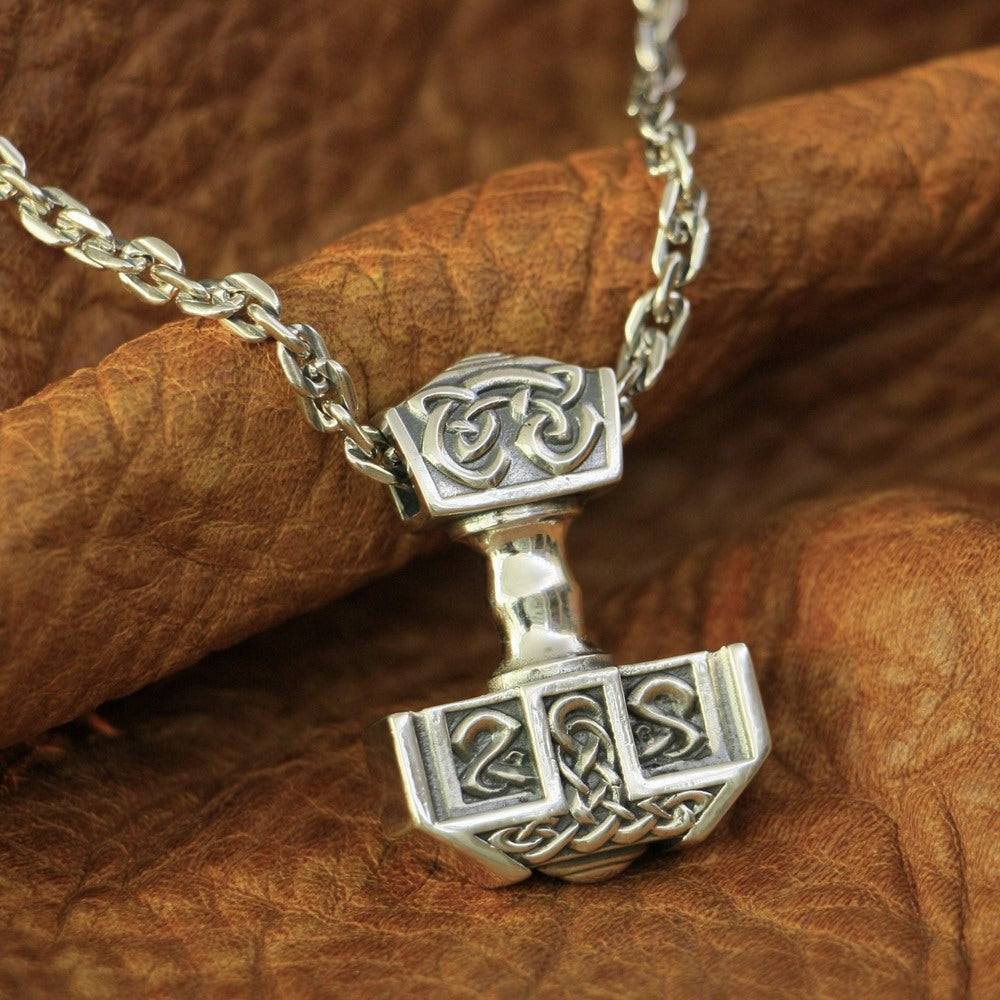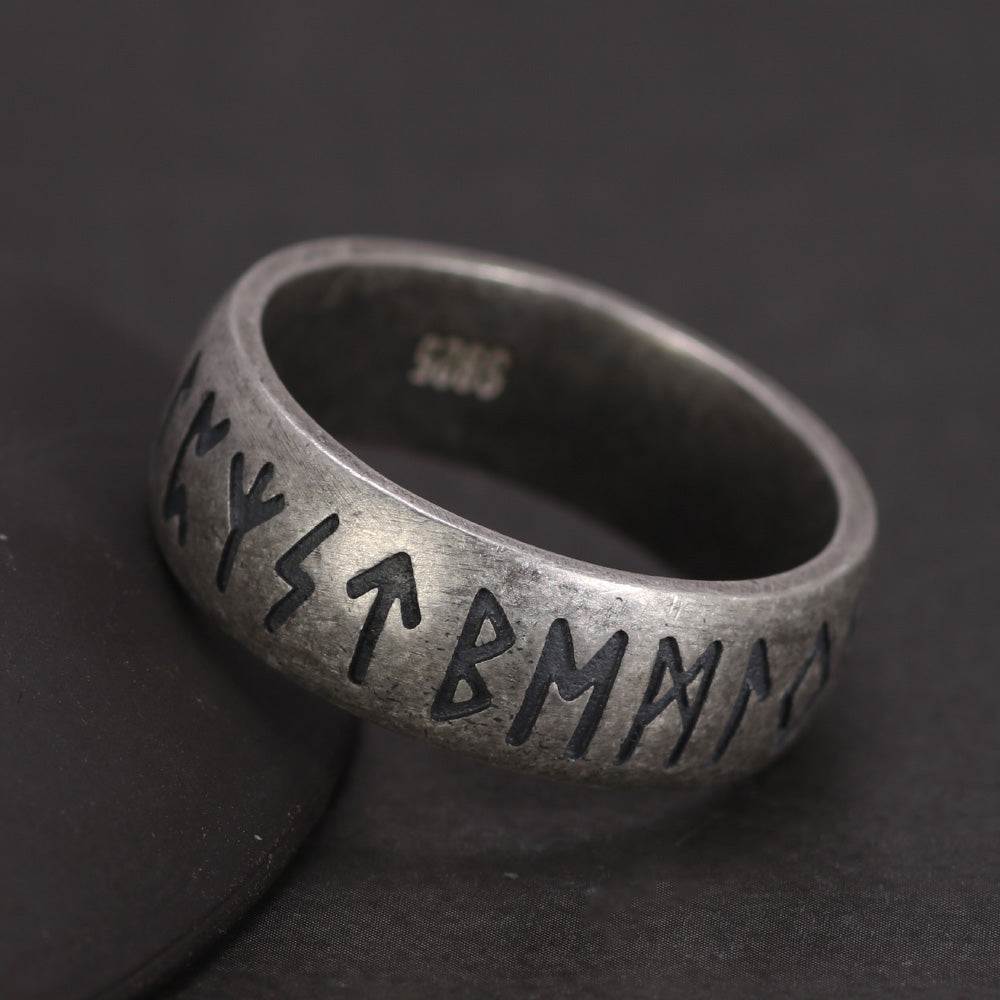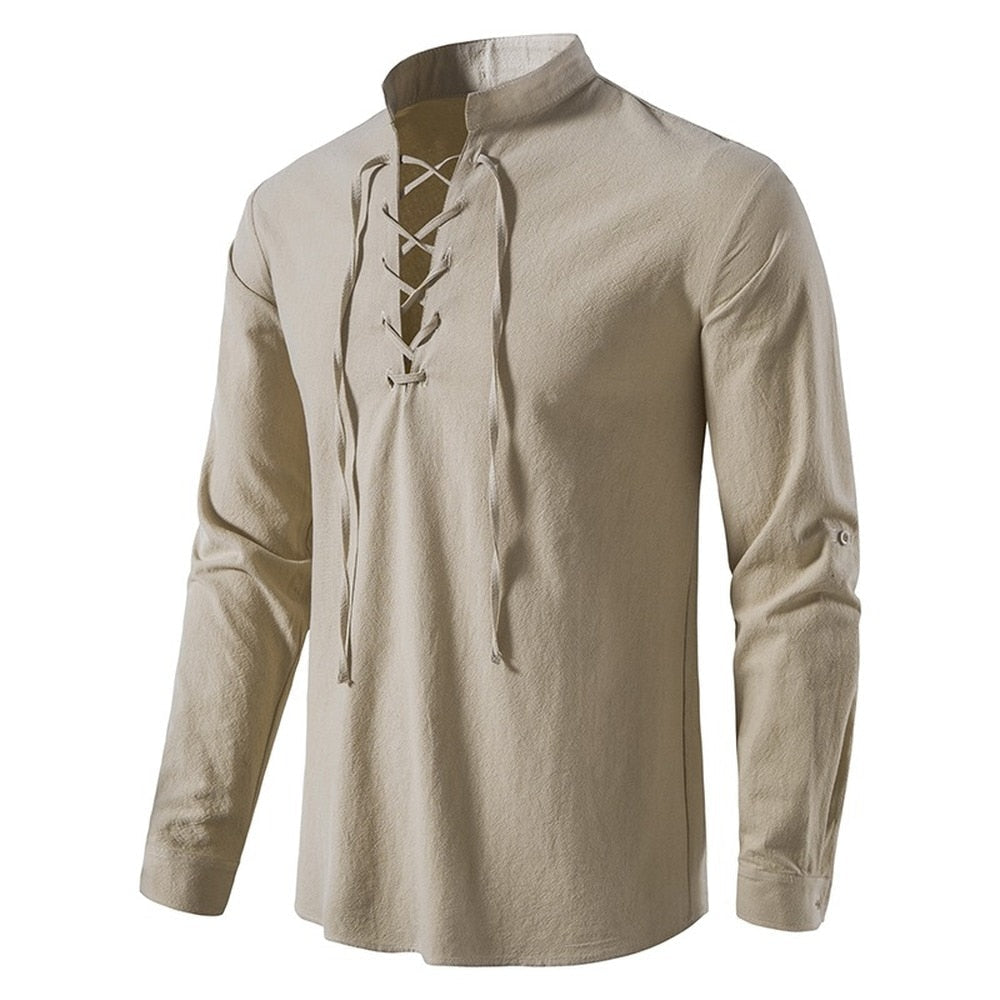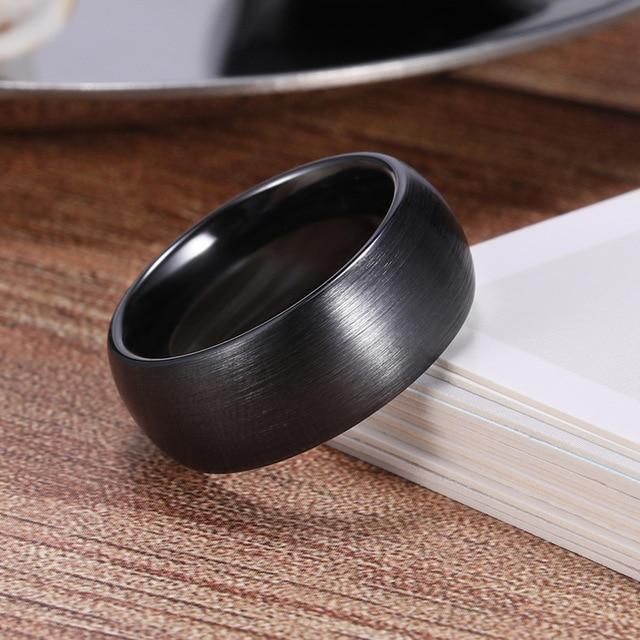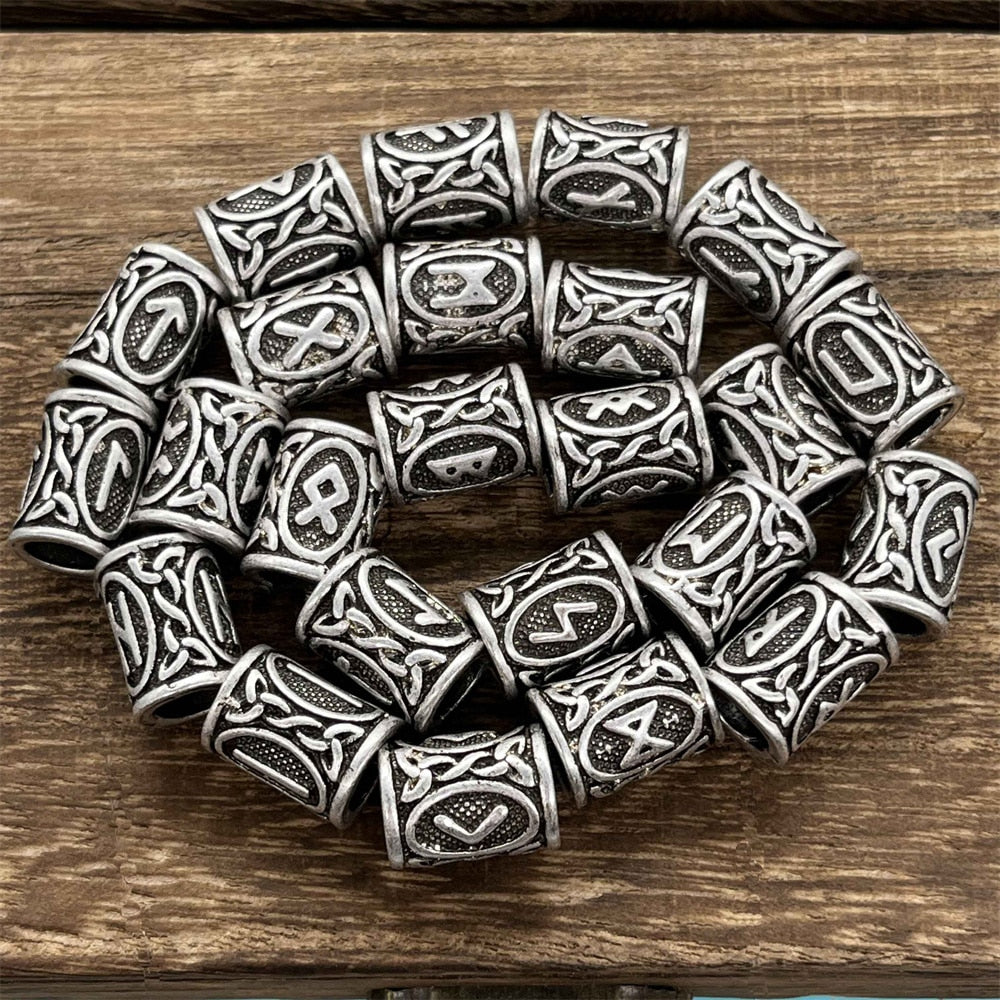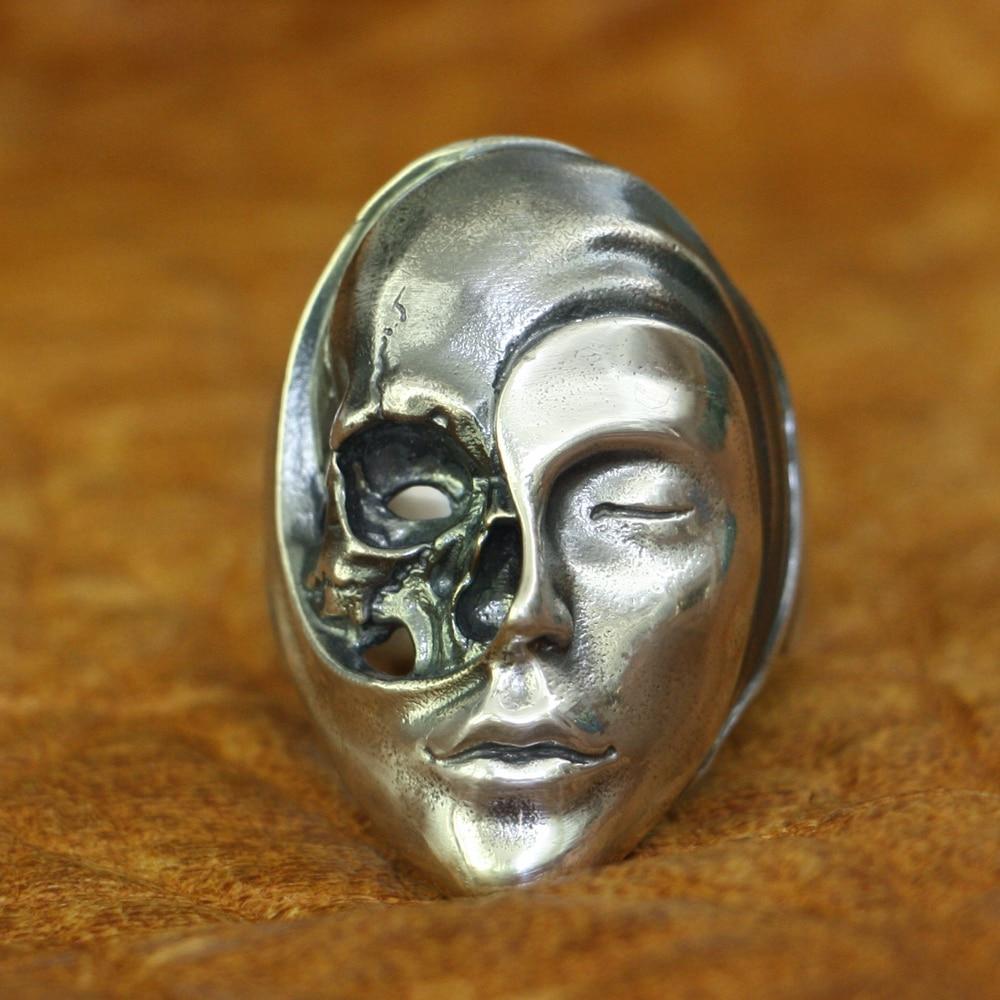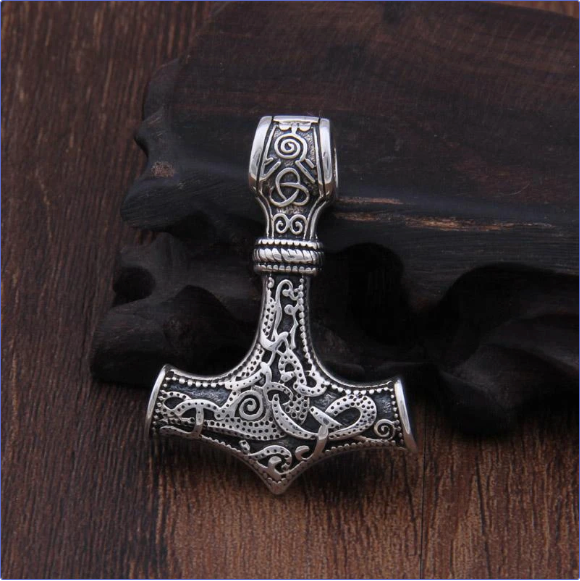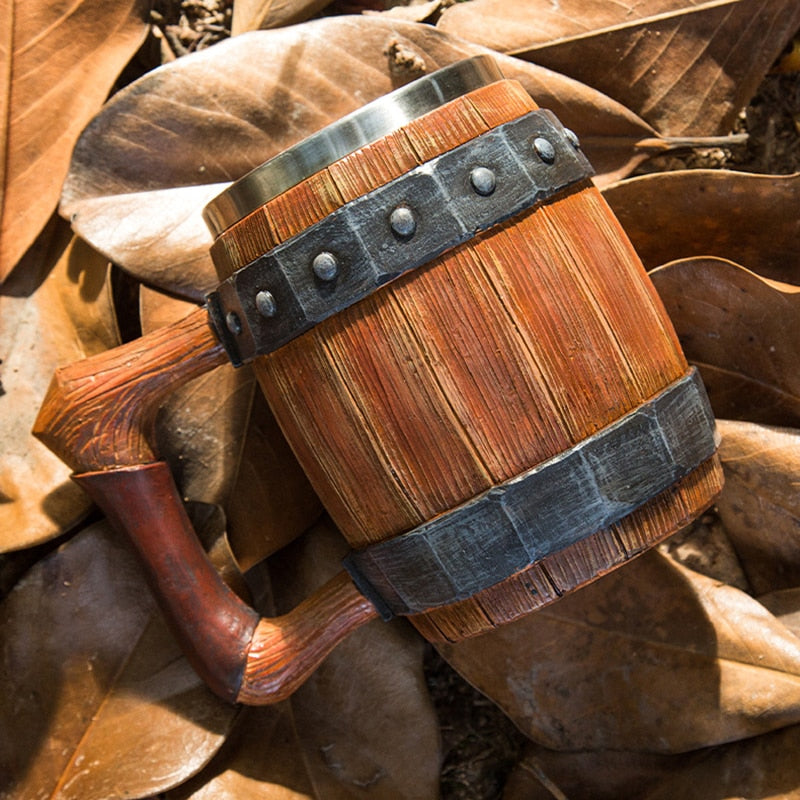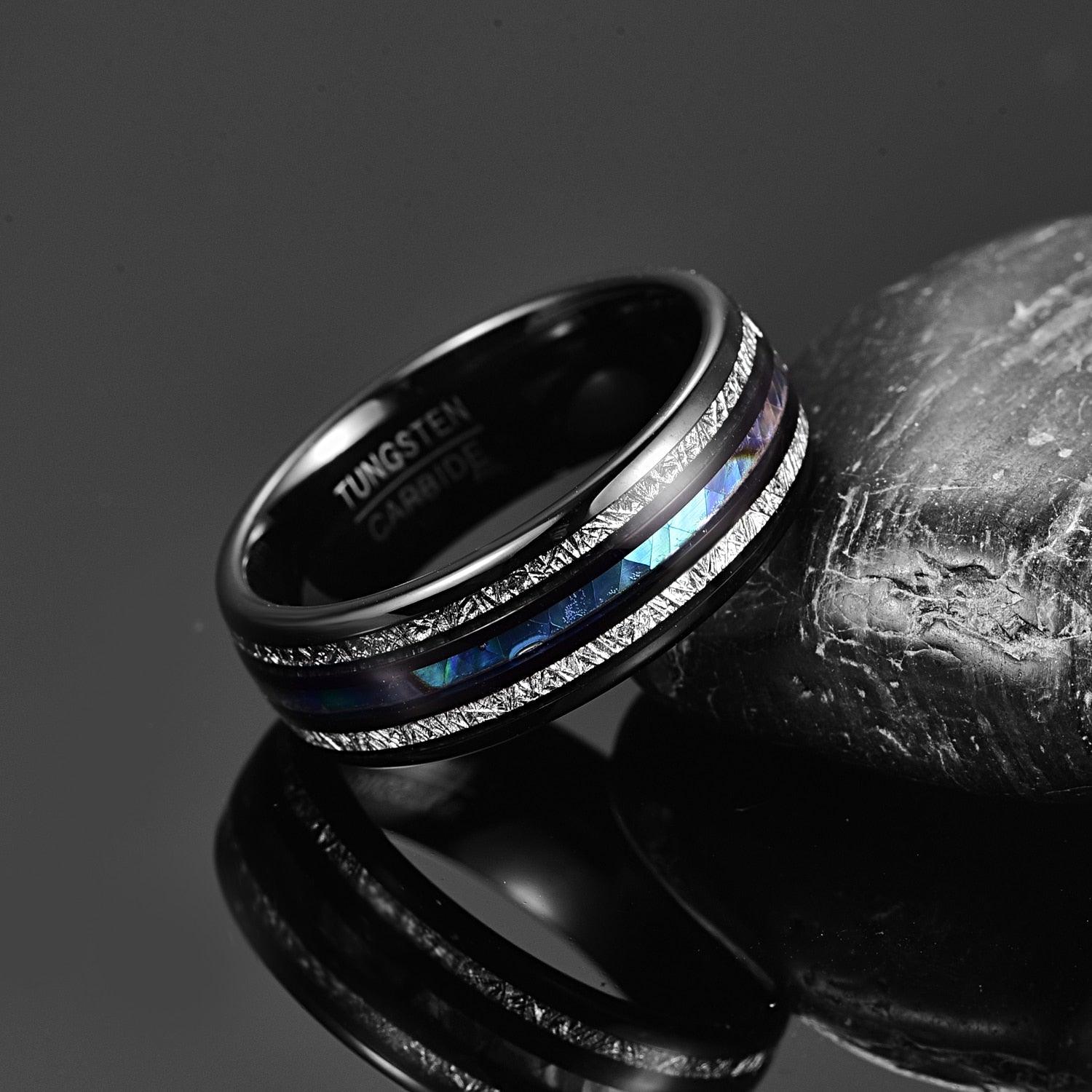Few images are as evocative of the Viking Age as the sleek silhouette of a longship slicing through misty northern waters, with its dragon-headed prow striking awe and terror into coastal communities. The Viking longship wasn’t just a tool of war or exploration—it was a symbol of the Norse spirit: bold, adaptable, and unrelenting. More than 1,000 years later, the longship stands as a testament to the remarkable shipbuilding skills of the Norse peoples, blending form and function in ways that revolutionized medieval maritime travel.

Shipbuilding Ahead of Its Time
The longship was a product of centuries of evolving shipbuilding knowledge, refined through the harsh demands of life in the North Atlantic. These vessels were constructed primarily from oak, known for its strength and resilience, with overlapping planks—an approach known as clinker or lapstrake construction. This technique not only provided flexibility in rough seas but also made the hulls lighter and more resilient. The planks were fastened together with iron rivets, and tarred animal hair was used to seal the seams, making the ships both watertight and flexible.

What set the longship apart from contemporary European vessels was its symmetrical shape and shallow draft. With a keel running down the middle, the hull could cut efficiently through water while maintaining enough balance to sail in deep ocean swells or navigate shallow rivers and estuaries. This shallow draft—sometimes as little as one meter—enabled Vikings to beach their ships directly on shorelines or sail upriver with relative ease, expanding their raiding and trading reach well beyond what seemed possible at the time.
Moreover, Viking longships featured both sails and oars, allowing them to harness the wind when conditions permitted or switch to manpower for tighter, inland passages or calm seas. The square sail, often dyed in vibrant colors, was typically made of wool and could propel the ship at speeds estimated between 10 to 15 knots. Under oar power, crews could navigate narrow rivers or row in stealth toward unsuspecting coastal settlements.
Versatility for Raiding and Trade
The longship’s design made it a perfect vessel of the Viking Age. It wasn’t only a war machine but also a vessel of exploration, commerce, and cultural exchange. Light enough to be portaged over land when necessary yet strong enough to endure open-sea voyages, longships allowed the Norse peoples to penetrate deeply into Europe, North Africa, and even the Middle East.
In raiding missions, speed and surprise were key. Longships could approach quickly, disgorge warriors directly onto the shore, and vanish before local forces could muster a defense. Their mobility helped the Vikings execute swift and devastating attacks from Ireland to the Byzantine Empire. According to contemporary accounts, entire monastic communities would flee at the sight of the "dragon ships" on the horizon.
However, these vessels were not just instruments of destruction. Longships also enabled Norse traders and settlers to travel great distances. Norsemen established trade routes stretching from Scandinavia to the Islamic Caliphate, bringing back silver, silk, spices, and ideas. In the east, they traveled the rivers of modern-day Russia and Ukraine, eventually reaching Constantinople. In the west, they settled Iceland, Greenland, and even reached North America—centuries before Columbus.

Cultural and Symbolic Significance
The longship was more than a mode of transport; it was a cultural icon. Often ornately carved and decorated, these ships reflected the craftsmanship and social status of their owners. The famous Gokstad and Oseberg ships, unearthed in Norwegian burial mounds, serve as incredible archaeological examples of Viking shipbuilding. The Oseberg ship in particular, built around 820 AD and used in a burial for two noblewomen, displays intricate wood carvings and fine construction techniques that illustrate the spiritual and societal importance of these vessels.
These burial ships also underscore the belief that a well-crafted ship could carry the dead to the afterlife, much as it carried the living across treacherous seas. For Vikings, the longship wasn’t just a vessel—it was a lifeline, a weapon, a home, and a sacred tool for journeys both earthly and otherworldly.
Legacy of the Longship
Modern maritime engineers continue to marvel at the sophistication of Viking longships. Replicas like the Sea Stallion from Glendalough—a modern reconstruction of the Skuldelev 2 ship—have demonstrated the seaworthiness and speed of these ancient designs through real-world voyages.
The influence of the Viking longship can even be seen in modern naval design, where the importance of speed, versatility, and adaptability remain key principles. Moreover, the Viking legacy—cemented by their ability to explore, raid, and trade thanks to their ships—endures in the cultural memory of countless regions from Normandy to Newfoundland.

The Longship was an engineering marvel not merely for its time, but for any era. It was an embodiment of innovation, resilience, and ambition—qualities that helped a relatively small Scandinavian population leave an outsized mark on world history. As both a symbol and a tool, the longship propelled the Norse and the Vikings into legend, carving their saga into the coastlines and rivers of the medieval world.
Bibliography
Brøgger, A. W., & Shetelig, H. (1950). The Viking Ships: Their Ancestry and Evolution. Oslo: Dreyers Forlag. ISBN: 9780520017801
Bill, Jan (2008). Viking Ships and the Sea. Museum of Cultural History, University of Oslo. ISBN: 9788271812194
Roesdahl, Else (1998). The Viking World. London: Penguin Books. ISBN: 9780140252828
